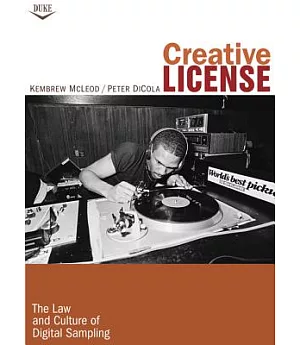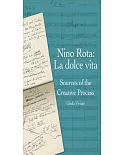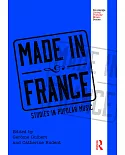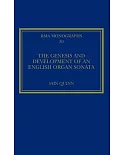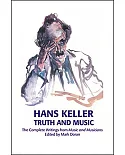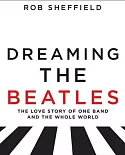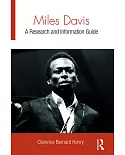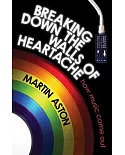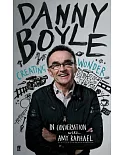How did the Depression-era folk-song collector Alan Lomax end up with a songwriting credit on Jay-Z’s song “Takeover”? Why doesn’t Clyde Stubblefield, the primary drummer on James Brown
recordings from the late 1960s, including “Funky Drummer” and “Cold Sweat,” get paid for other musicians’ frequent use of the beats he performed on those songs? The music industry’s approach
to digital sampling—incorporating snippets of existing recordings into new ones—holds the answers. Exploring the complexities and contradictions in how samples are licensed, Kembrew McLeod
and Peter DiCola interviewed more than 100 musicians, managers, lawyers, industry professionals, journalists, and scholars. Based on those interviews, Creative License puts digital
sampling into historical, cultural, and legal context. It describes hip-hop during its sample-heavy golden age in the 1980s and early 1990s; the lawsuits that shaped U.S. copyright law on
sampling; and the labyrinthine licensing process that musicians must now navigate. The authors argue that the current system for licensing samples is inefficient and limits creativity. For
instance, by estimating the present-day licensing fees for the Beastie Boys’ Paul’s Boutique (1989) and Public Enemy’s Fear of a Black Planet (1990), two albums from hip-hop’s
golden age, the authors show that neither album would be commercially viable today. Observing that the same dynamics that create problems for remixers reverberate throughout all culture
industries, the authors conclude by examining ideas for reform.

